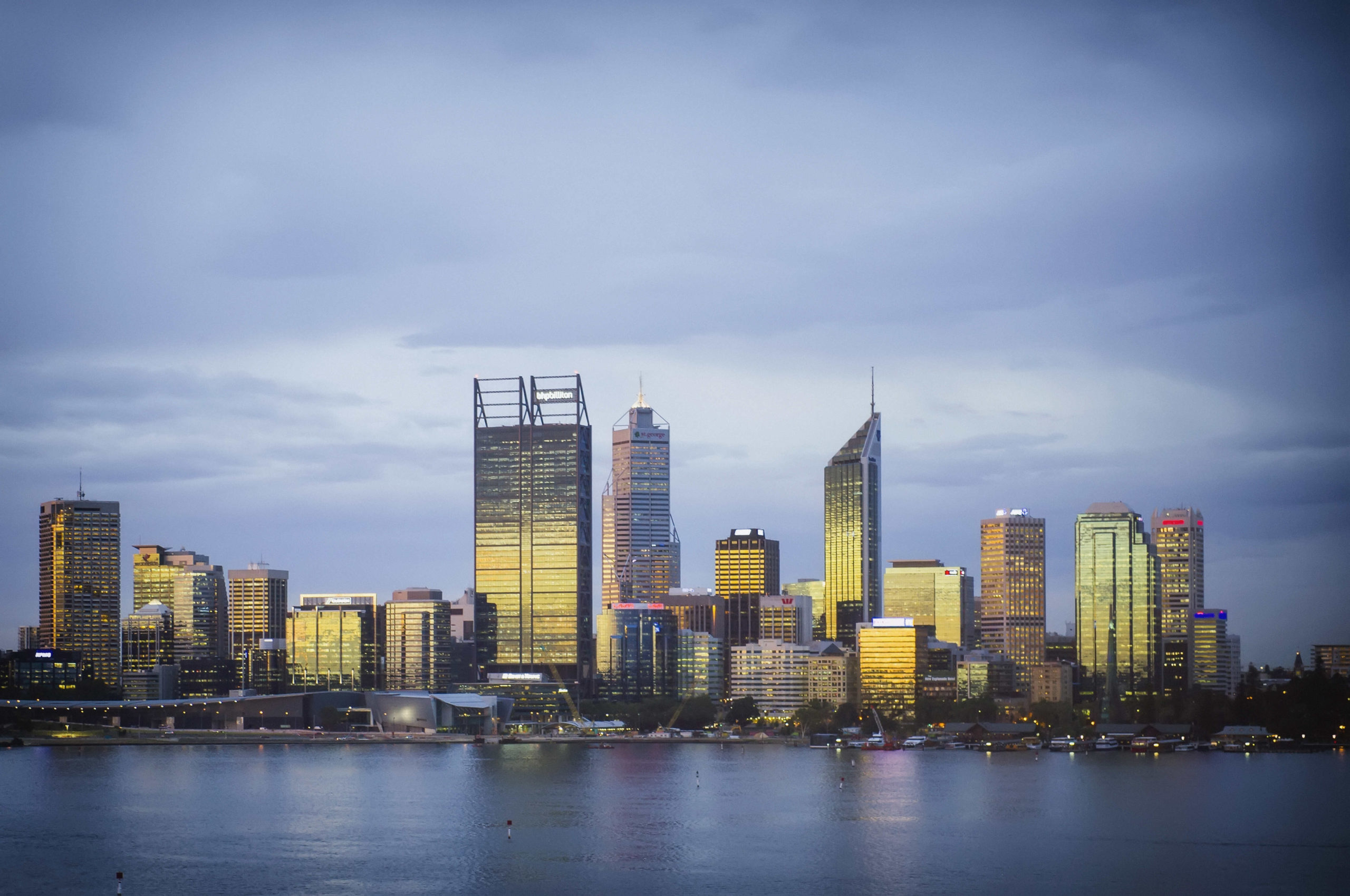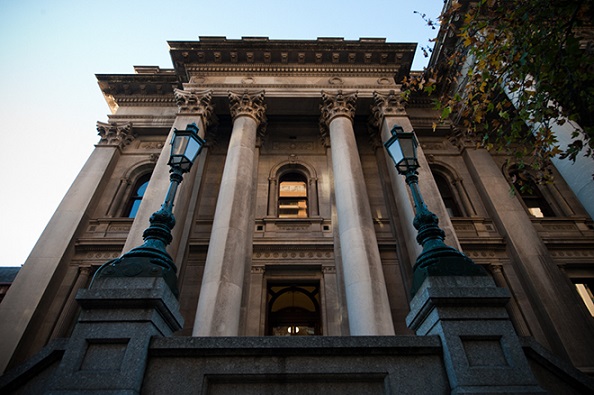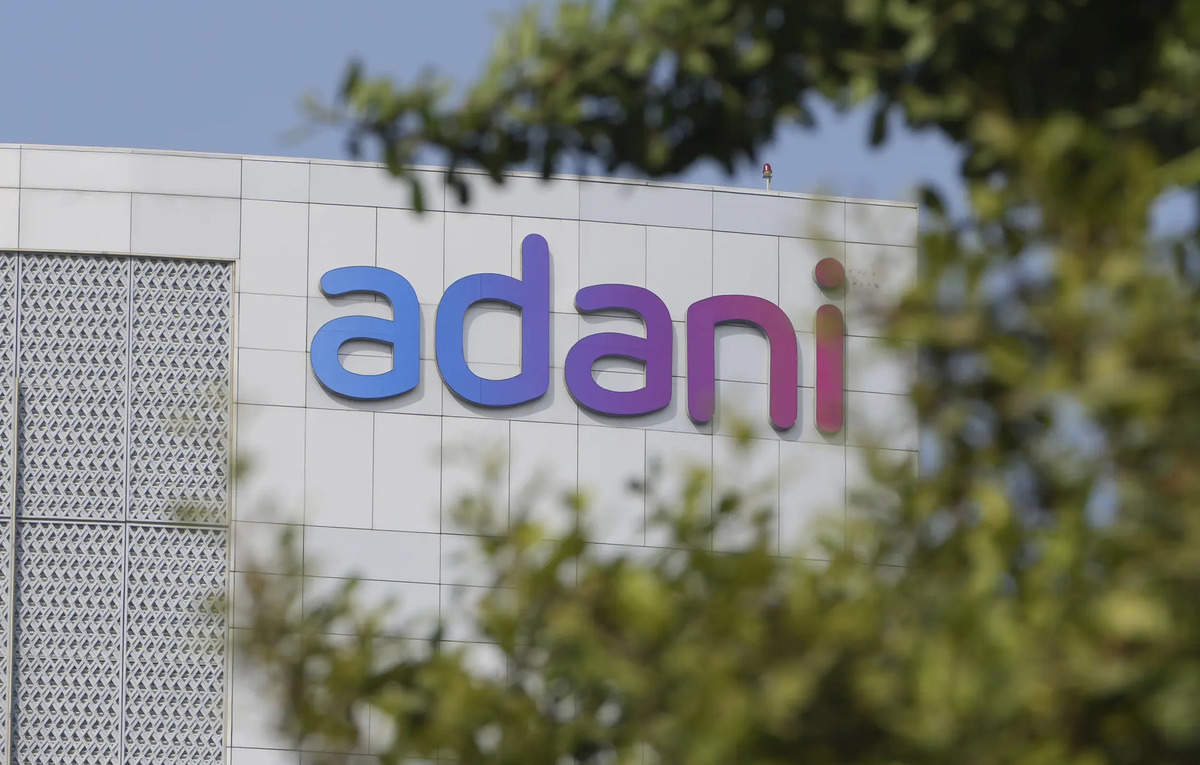Australian Retirement Trust: ‘We try to partner with the best managers in the world’

- by Admin
- September 2, 2024

Australia’s second largest superannuation fund, Australian Retirement Trust, has hit a set of milestones in recent months.
It opened its first overseas office in London, surpassed A$300 billion ($204 billion; €183 billion) in funds under management and grew to more than 2.4 million members.
These achievements have prompted the fund to reflect on plans for its next milestone – reaching A$500 billion in FUM by 2030 – although ART head of global real assets Michael Weaver said size is not the only objective.
“ART’s goal isn’t to be the biggest, but to be the best. The fund is focused on continuing to grow these retirement savings to help members realise the benefits of scale.”
While some of ART’s growth stems from a spate of mergers it has undergone since its own formation in 2022 – including A$19 billion in corporate transactions in the last financial year alone – Weaver said most of its growth has been, and will continue to be, organic.
“There has been a lot of consolidation, and we’ve been fortunate to be a beneficiary of that,” he said. “[But] that doesn’t really get baked into future expectations; it’s more upside, because there are just not as many [superfunds] as there were in the past.”
Shortly after the February 2022 merger of SunSuper and QSuper to form ART, the new entity merged with Australia Post Super Scheme, bringing in an extra 28,000 members and A$8 billion in assets.
Last year, ART completed successor fund transfers with the Oracle Superannuation Plan, Woolworths Group and Endeavour Group, and the first tranche of a merger with the A$12.3 billion Commonwealth Bank Group Super, which will add 63,700 members.
In the first half of 2024, ART completed mergers with the smaller Alcoa Super and AvSuper funds, and last month it announced an agreement to merge with Qantas Super that will see another A$9 billion in funds under management and 26,000 members join in the next year.
Weaver’s team oversees A$45 billion in funds under management, about A$30 billion of that in infrastructure and A$15 billion in real estate.
He said the mergers do not have a significant impact on ART’s allocation strategy, given each individual acquisition only makes up a small portion of the total fund.
However, he said mergers help ART to invest in asset classes that are generally more illiquid such as infrastructure and real estate.
“We’re growing successfully organically but having the mergers and acquisitions on top is beneficial as well, giving us comfort that we can have the right level of illiquid assets that we think will generate strong returns for members.”
No bucket-filling
In its balanced and high-growth investment options, ART has a target allocation of about 30 percent in illiquid assets across infrastructure, real estate, private equity and private debt.
“Generally, infrastructure has the largest weight of those four unlisted asset classes,” Weaver said.
“That’s partially due to history: both organisations [Sunsuper and QSuper] have built up a good long-term track record in infrastructure investing and have strong partners in those areas.”
ART overall has an allocation of about 12 percent for infrastructure, although Weaver said allocations may change depending on market activity or expected returns.
“We don’t chase assets to fill buckets. We look at all assets on a risk-return basis and compare them to other unlisted assets.”
Under the infrastructure banner, ART’s investments include Sydney and Brisbane Airports, NSW Ports and Port of Brisbane, Victorian energy delivery services business AusNet, and hyperscale data centre platform AirTrunk.
Weaver said such diversification across transport, utilities and digital assets avoids overexposure to any single trend.
Unlike some peers, such as Australia’s largest superfund, the A$341 billion AustralianSuper, ART does not have a direct-sourcing model, preferring in most cases to work with investment partners.
Weaver said the partnership approach allows for both flexibility and scalability.
“We can be clear with our partners as to what makes sense from a sector and a sizing perspective in new investments. It’s scalable because there are a lot of investments in the world, and the scalability means that you can grow incrementally as a team.”
ART has a longstanding partnership with Macquarie Asset Management; in 2020 it invested alongside Macquarie in AirTrunk – currently in the midst of a sales process – and more recently, it has committed to invest alongside the manager in UK gas owner and operator National Gas.
“We’ve had a long history with Macquarie, as we have with many other large managers including QIC, GIP, Morrison and Stepstone. We find that having partners that know you well means that the partnership works both ways; it’s not just a manager for us, we need to make sure that we can be a good team with them. That’s what partners do – they work well in teams.”
Weaver said ART’s few direct investments – including Heathrow Airport and South Australian transmission company ElectraNet – are investments that it would not otherwise source from its partners.
“We’re not competing with our managers, because if we started competing with our managers, that would be more challenging. That’s fine if that’s the strategic approach you want to have, but it’s not the approach that we have.”
Looking abroad
Earlier this year, ART added to its Brisbane headquarters and Sydney and Melbourne offices with its first overseas outpost in London.
Three of ART’s infrastructure team members previously based in Sydney are now working from the new office, a move Weaver said allows ART to focus on its Heathrow asset and work more closely with its investment partners in the UK and Europe. The London-based infrastructure team is led by senior portfolio manager William Loc.
“Our view is we should try to partner with the best investment managers in the world, and it’s hard to say that we’re going to be able to find all of that in Brisbane or Sydney or compete in global markets for that talent.”
While ART has no concrete plans for additional offices at this stage, it will be a consideration over the coming years.
“If you open an office in London or New York, everyone will be saying, ‘When are you going to open the other one?’
“We want to make sure that we consolidate and grow the existing office in London and then we’ll think about other opportunities after that.”
The Latest News
-
January 5, 2025Golf Swing Gossip: Morikawa and Hovland have some new moves – Australian Golf Digest
-
January 5, 2025‘It’s only for certain people’: The ruthless reality of tennis qualifying
-
January 5, 2025India’s devastating Bumrah injury as Aussies chase 162
-
January 4, 2025Small businesses breathe new life into historic churches
-
January 4, 2025California desert course, designed by Robert Trent Jones Jr. and once led by NHL Hall of Famer, has shut down – Australian Golf Digest





